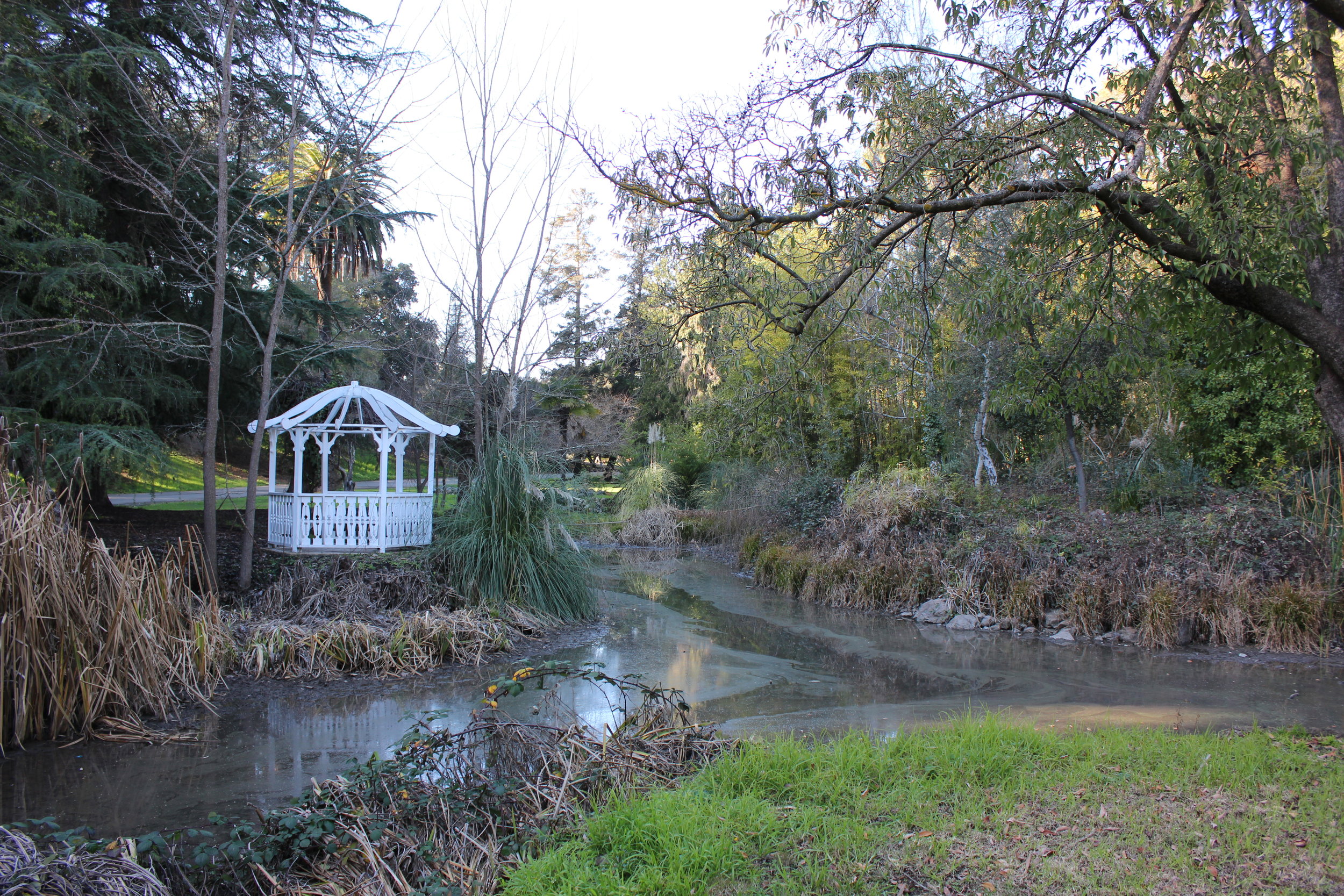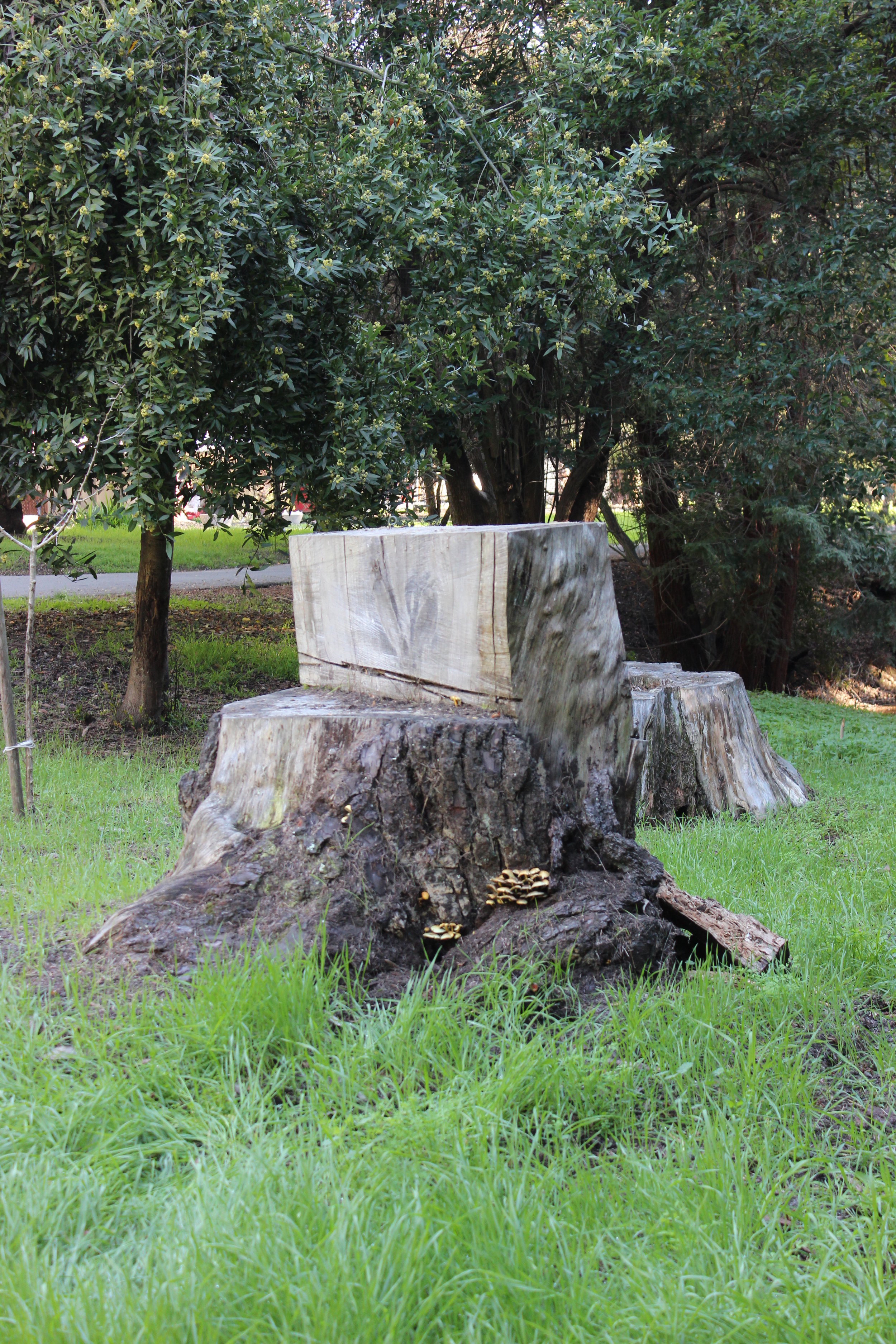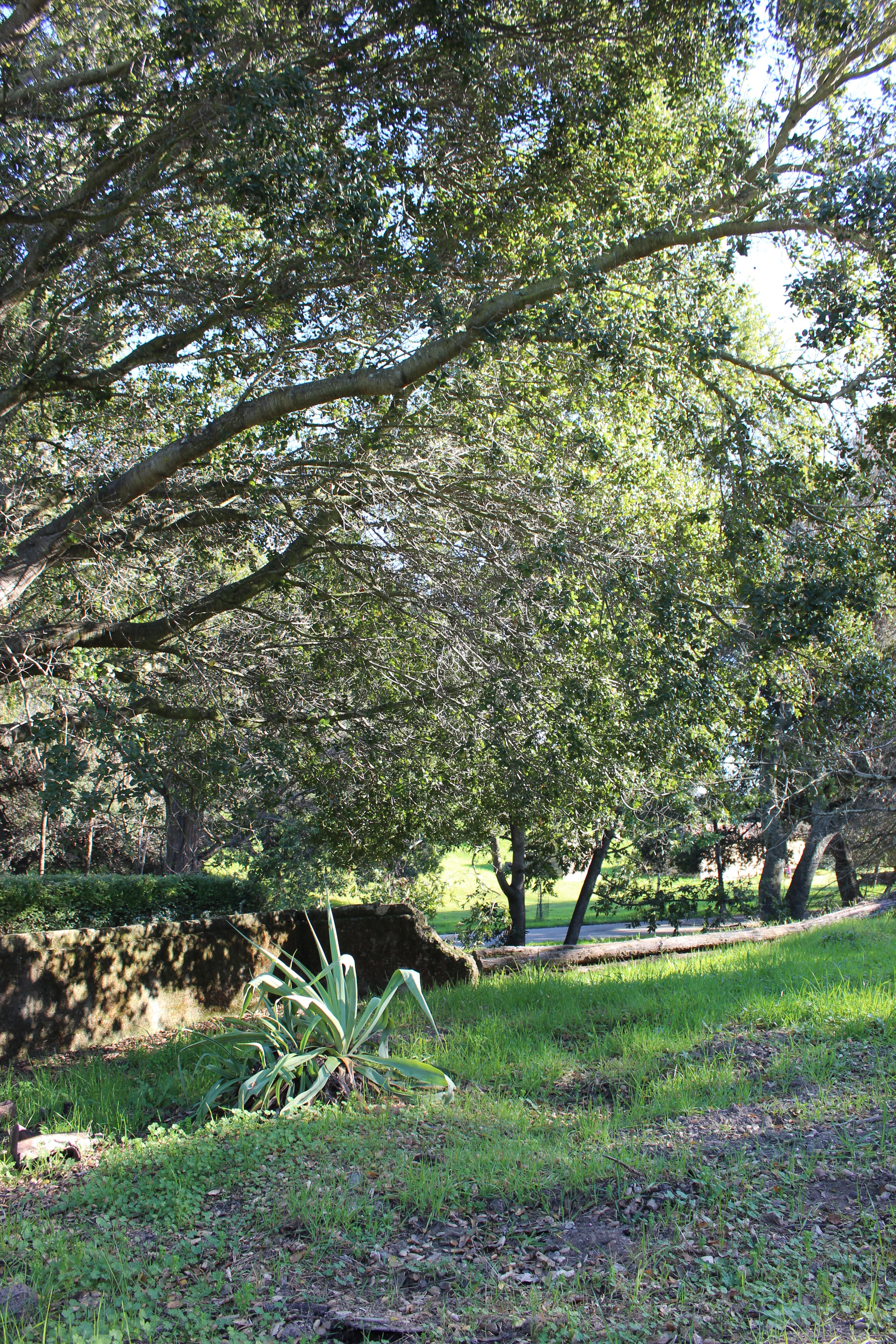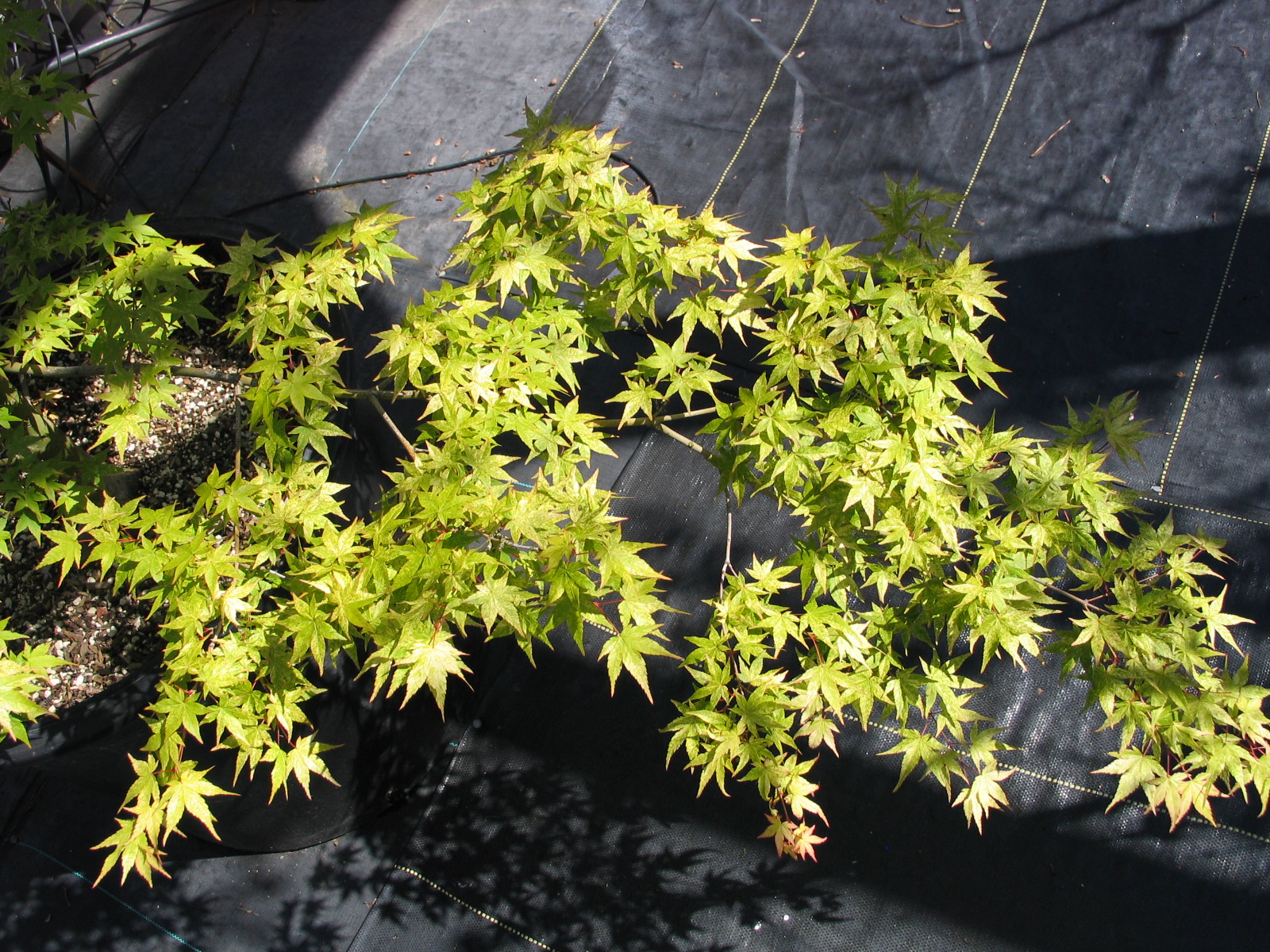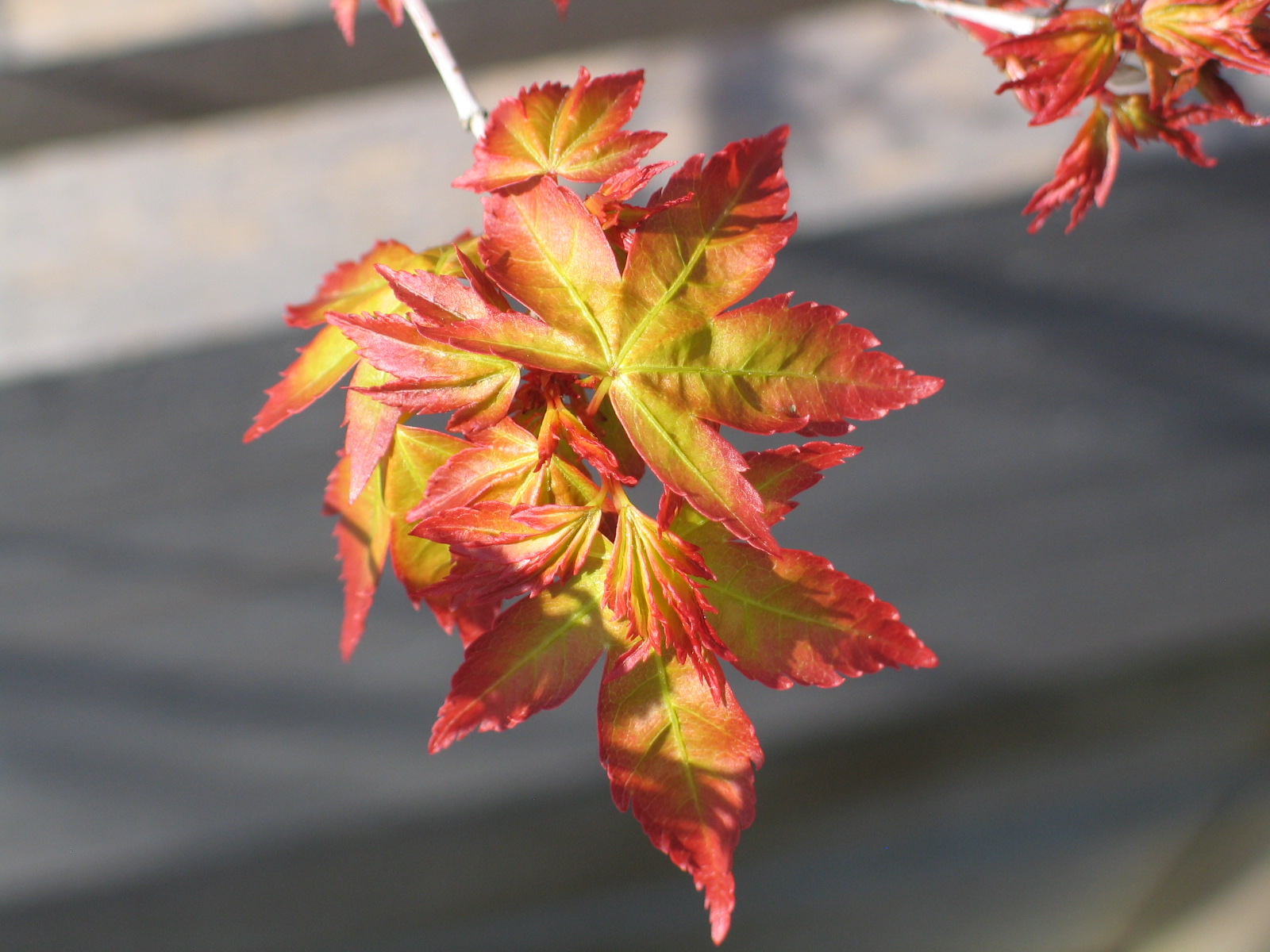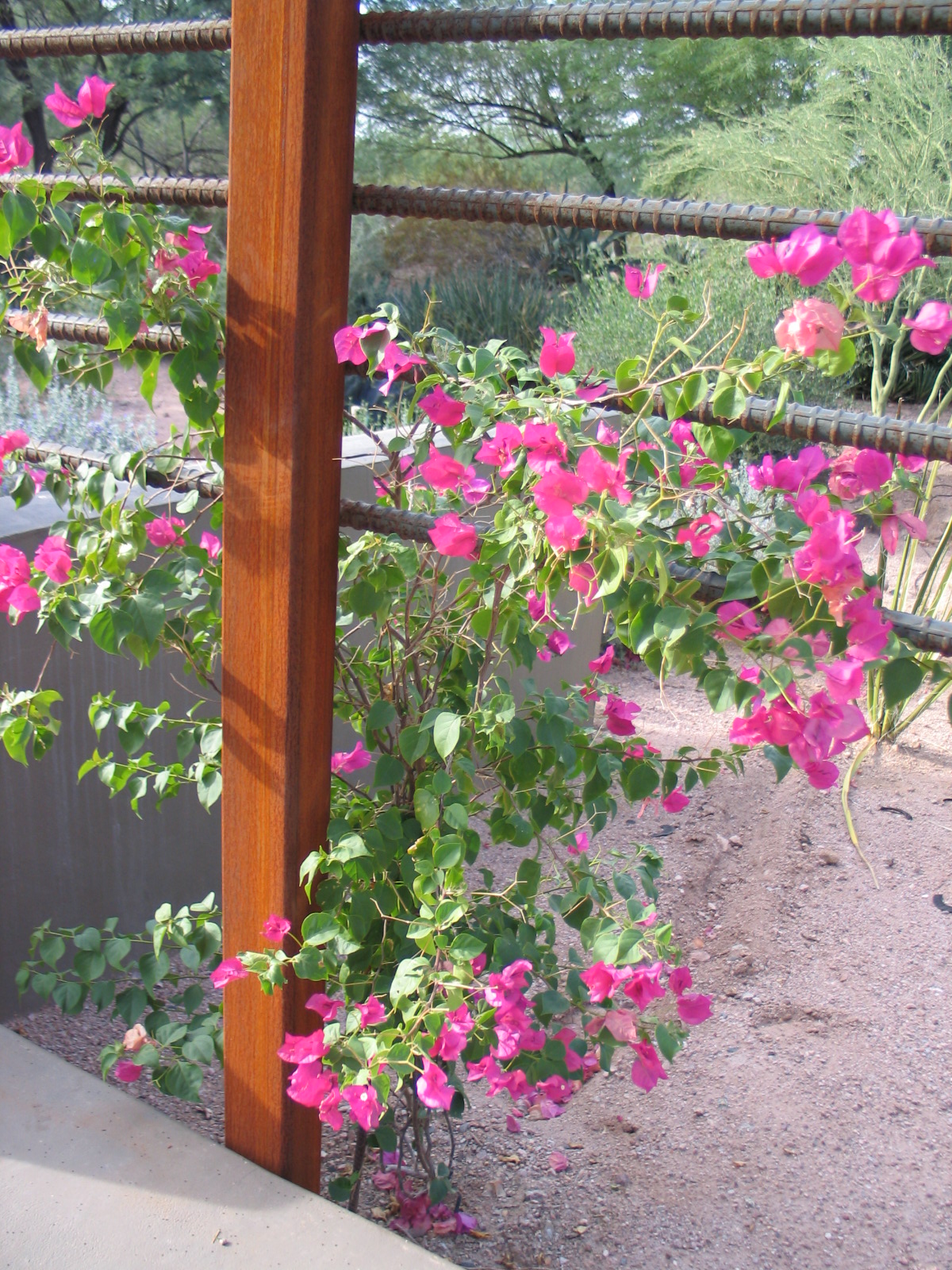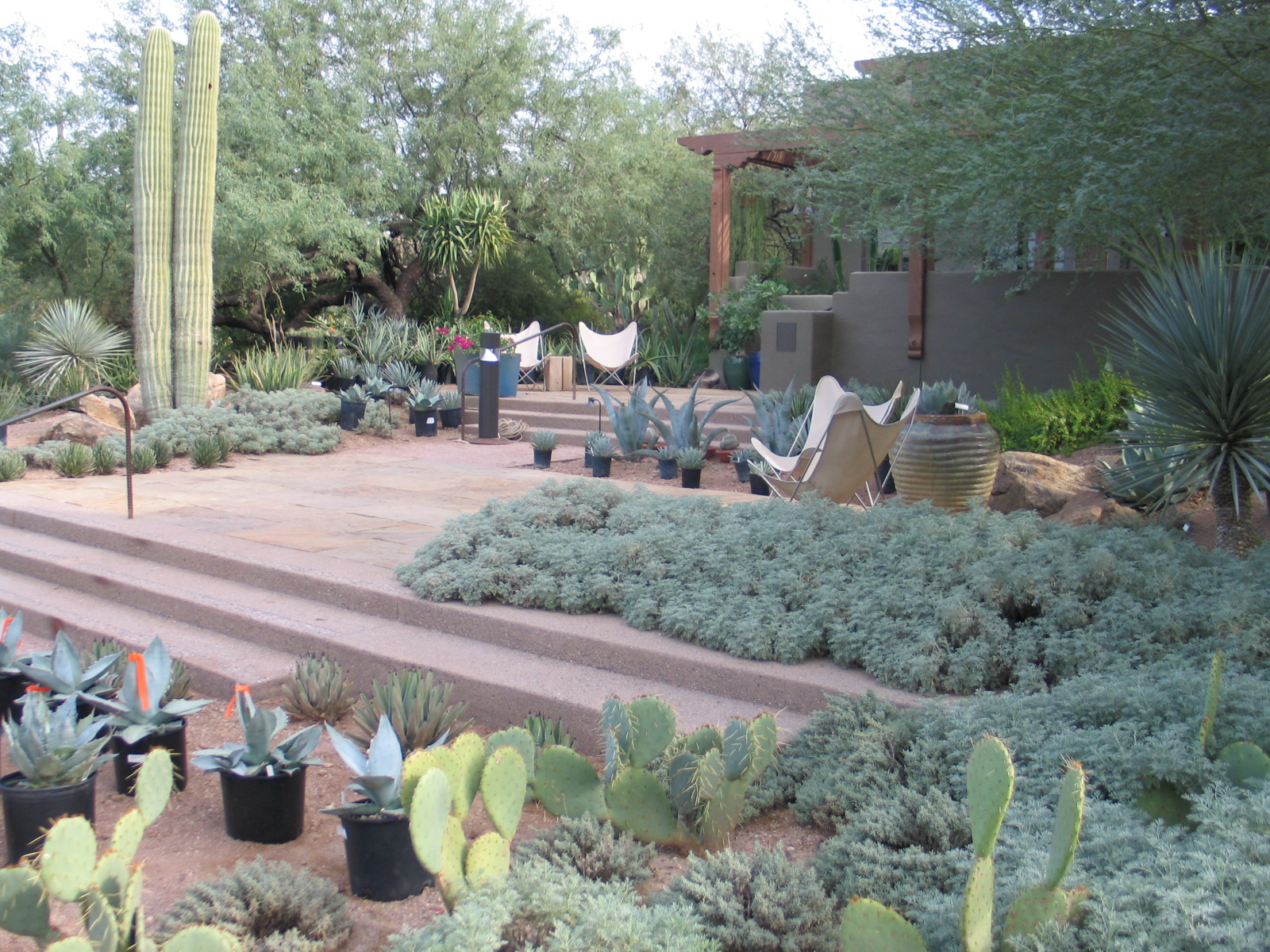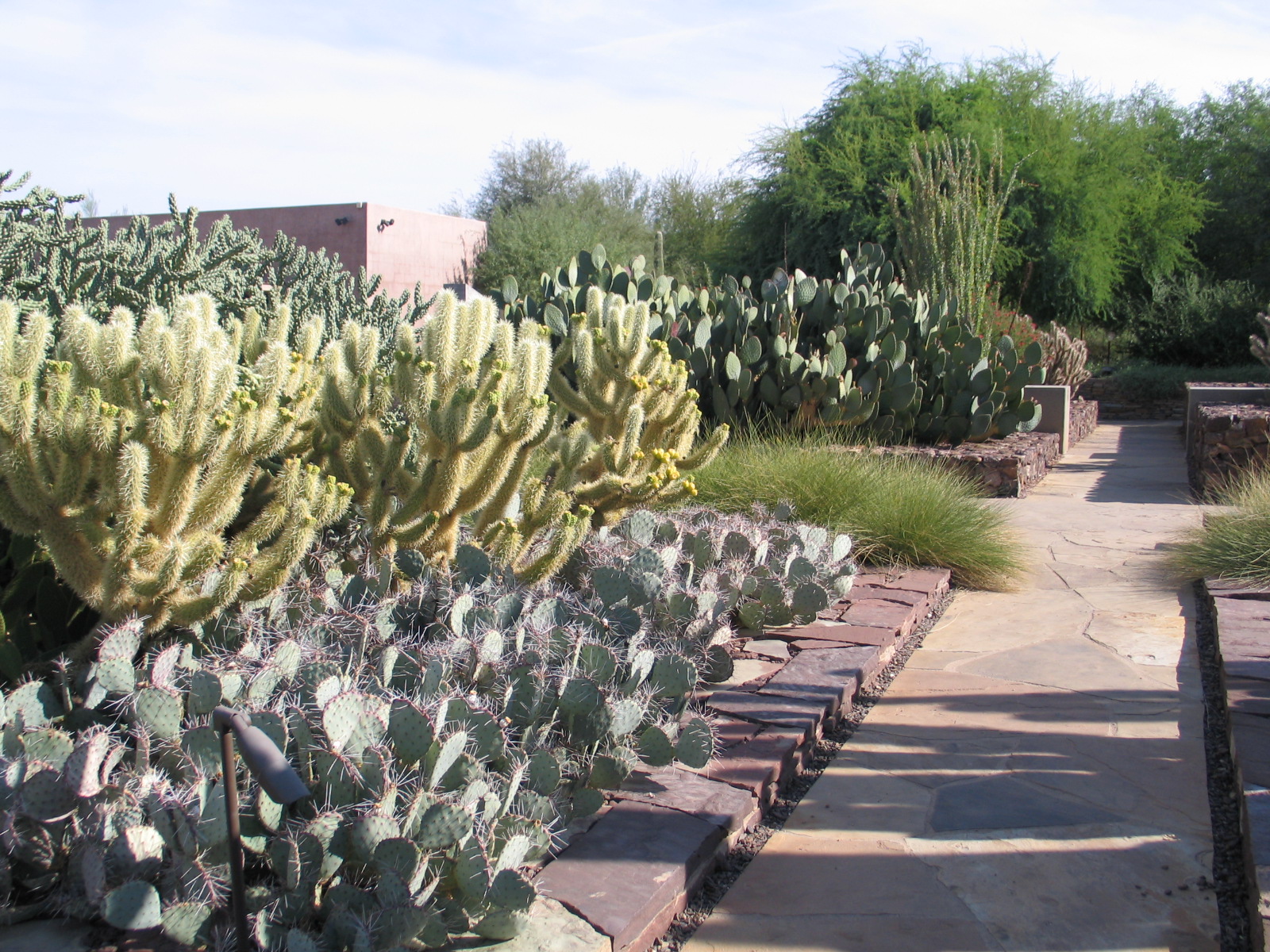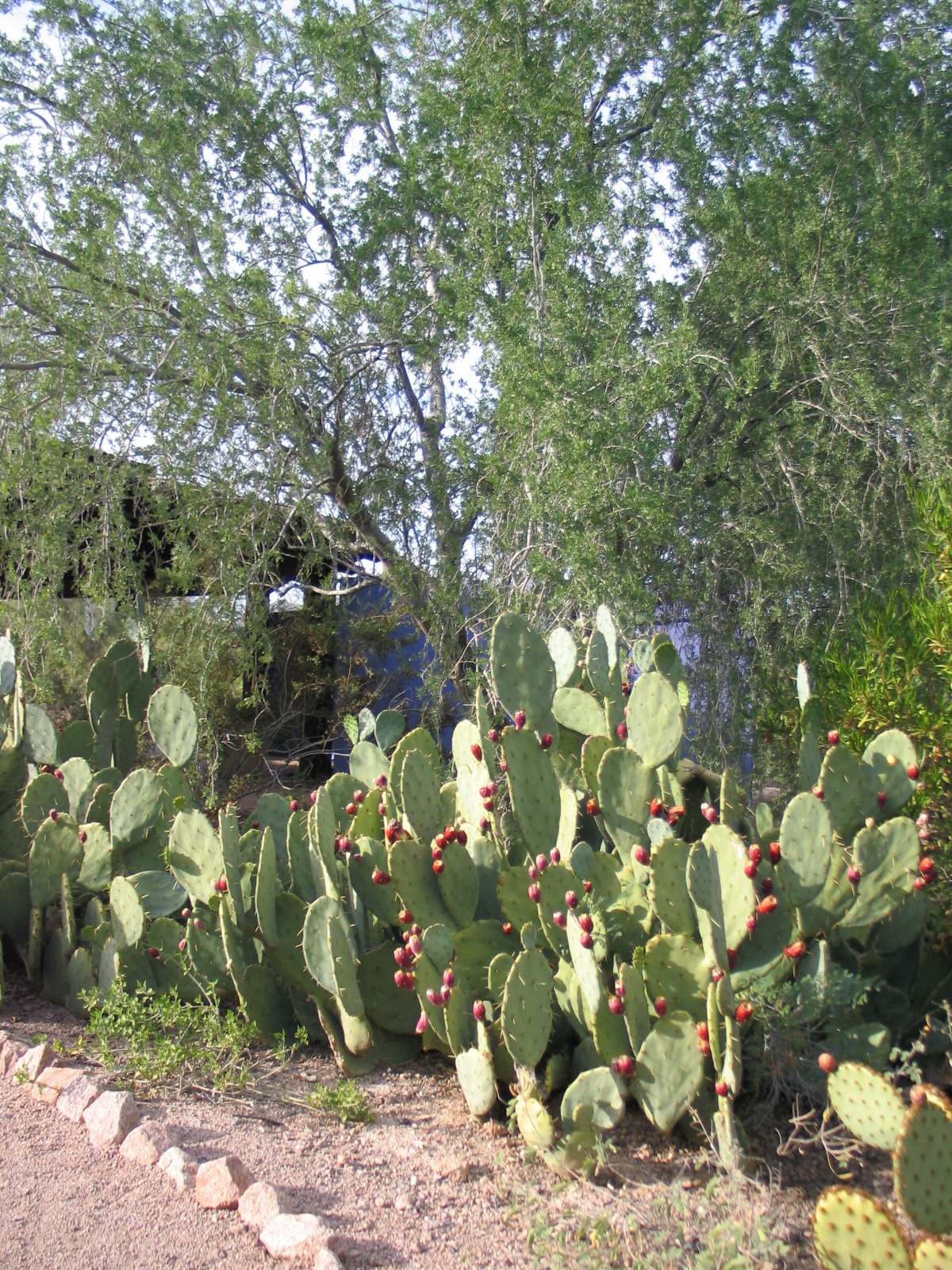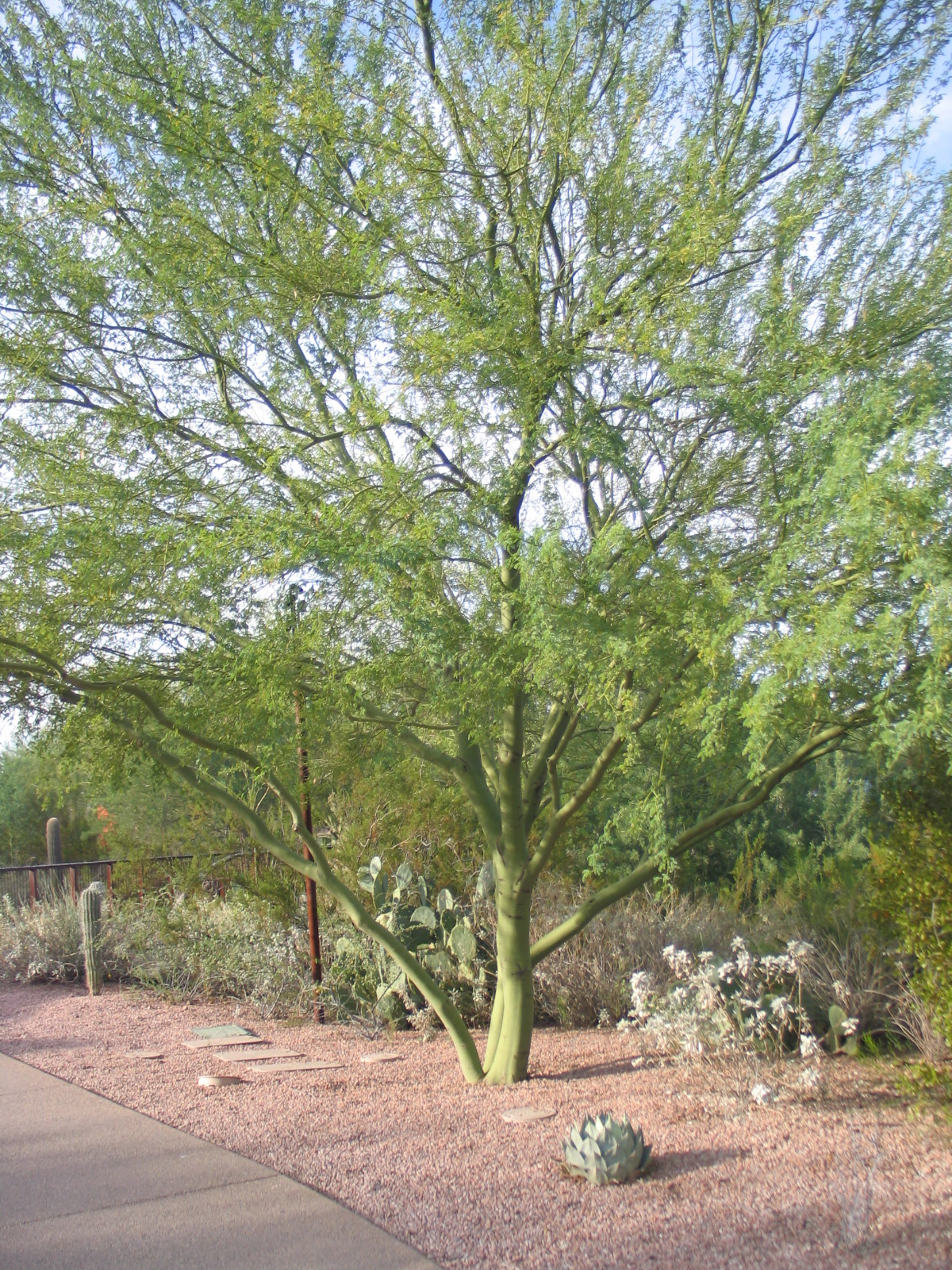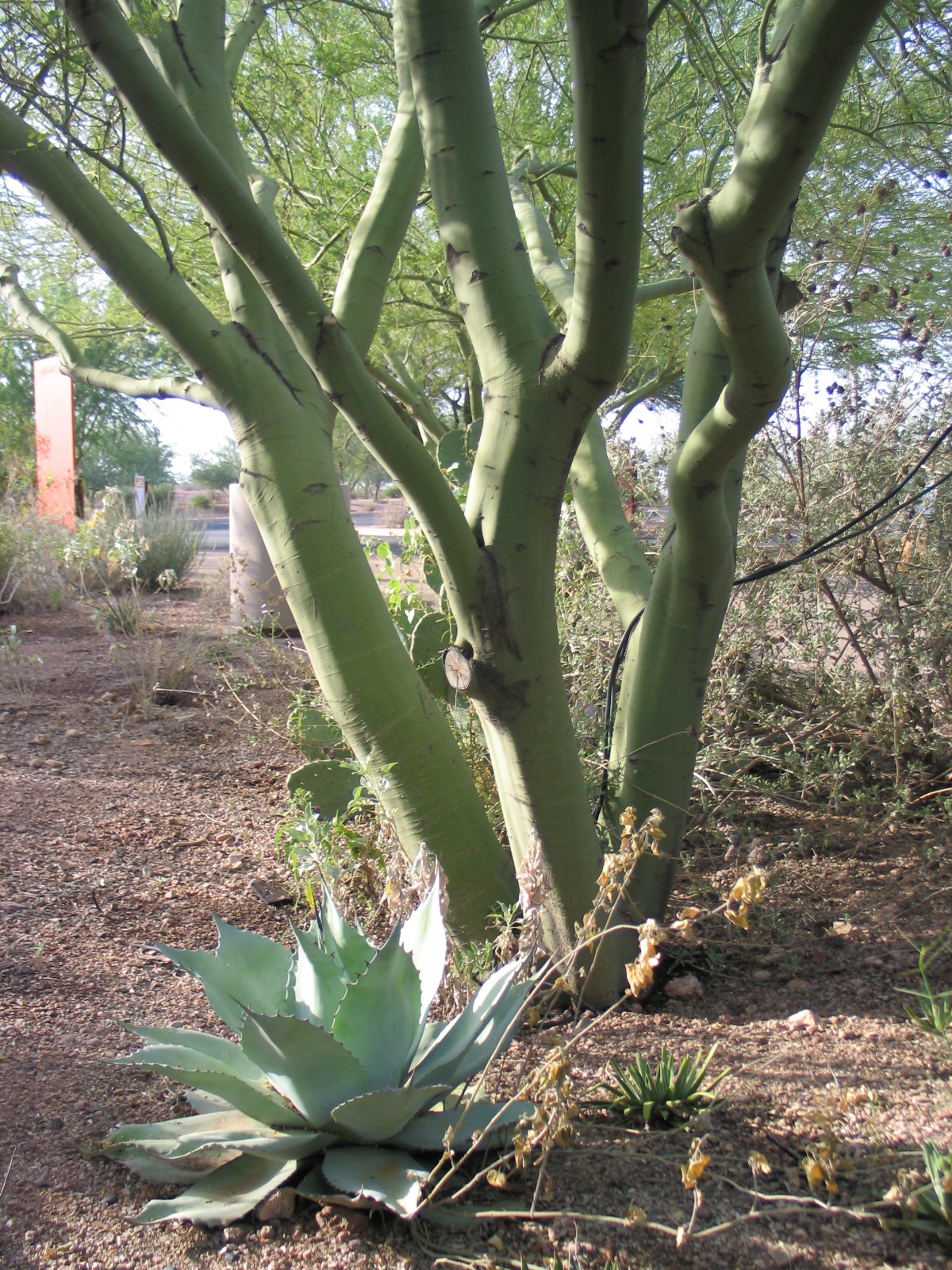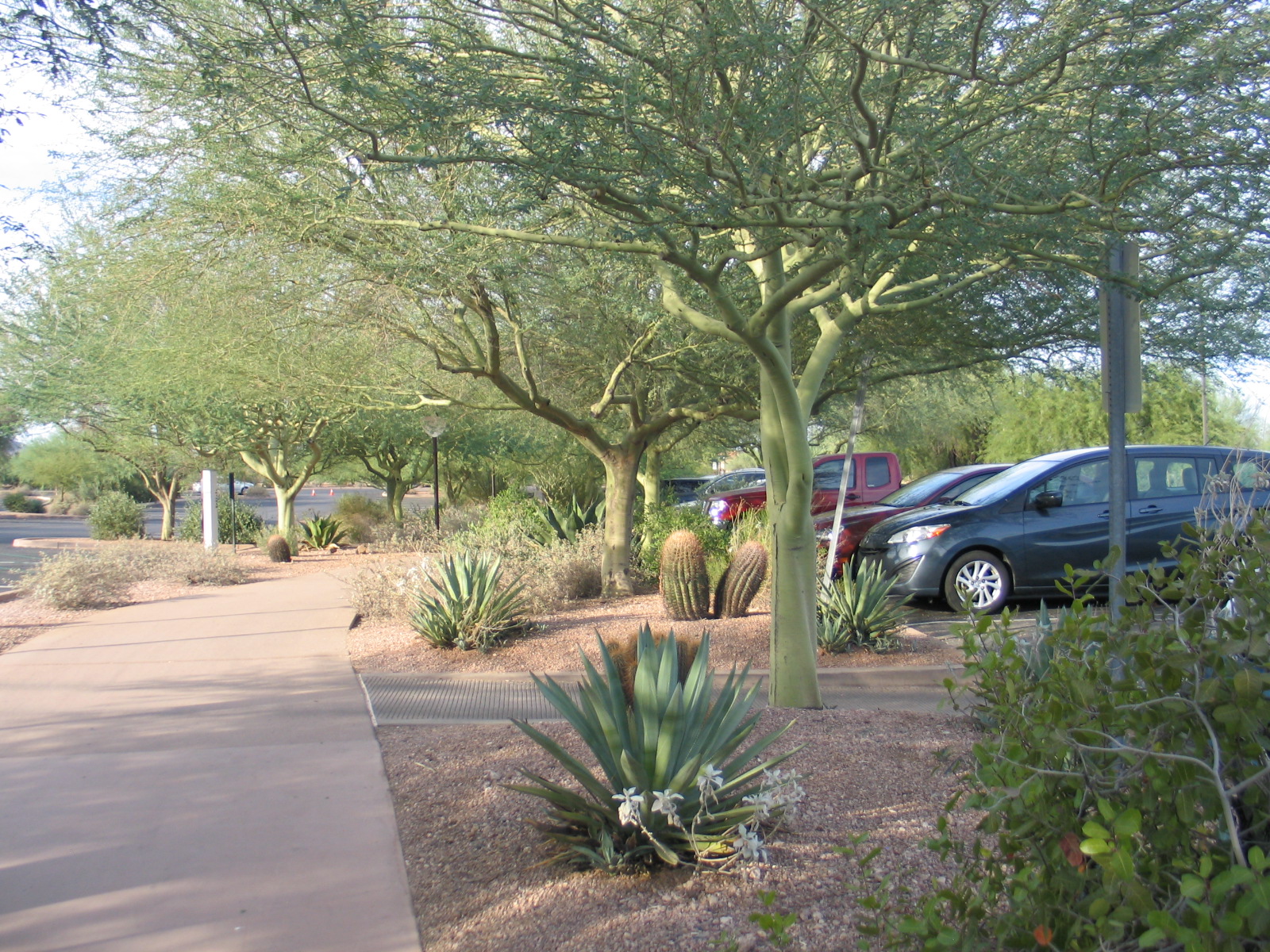I am so excited to tell you that I've been asked to serve on an advisory board for the Dunsmuir Estate! I'm told that this is the first advisory board since the City of Oakland took over care of the property, so I feel truly honored.I was just over there last Friday because I made an effort to remember to visit during their insanely restricted hours (it is an effort, even bank employees would drool over these hours!). I work from home not very far from this place and even still, I can't seem to get over there while they're actually open.... never-mind the times they should be open (imho) but aren't, like weekdays squeezed between major holidays and weekends (I tried to go last Black Friday for example). BUT, that's not the point I'm here to make.This place is a gem in the rough. Anyone who has read my blog before knows how much I enjoy visiting historic estates and gardens, but this one eluded me until a few months ago. SO, without further delay - a few photos from last Friday to celebrate my budding relationship with the folks who are working so hard to keep the place up and promote it. I'm plain ole thrilled about it.So above you see the Main House and the entry, ducks, fountain, and gazebo (drought? what drought?)....... and two benches with gobs of personality...... a couple of shots that I think exemplify the magic of the character of the place....... but I'll leave you with a shot of my favorite thing, the pool and pool house. I could do a whole post just on this one item, and I probably will, but it is such a magical, beautifully proportioned thing, I wish I had drawings of it to study, find out what it is about the space that is so magical, apply those ratios to my own work (even though I don't design by mathematical formula, I just want to "get" it and be able to replicate it). I dearly hope that this can someday be restored, but in the meantime, I'll stare at it and imagine what it must have been like.
Test, don't guess
I have a handful of stories from professional practice where soil or plant pathology testing should have been performed but wasn't. I personally believe that soil should always be tested before any fertilizer or amendment is added, and follow-up testing should be done every couple of years to see how the soil health has changed. Not testing soil or sick plants before spraying or amending the soil is like prescribing medication without knowing what disease you are treating. You wouldn't do that to your body, so why do we do this to our biggest investments (your home or commercial property) ?!Thankfully, getting lab tests done is not difficult if you take the few minutes needed to do it right. Most soil and plant pathology labs are easy to work with, they'll tell you what to do and how to send it in, and will provide you with a report explaining their findings. Bammo - diagnosis! Proper treatment! Hooray!Now for my cautionary tale:Years ago I was working for a firm in San Francisco and we had a client with a mature beloved Japanese Maple. It had a nice shape, and was reportedly absolutely beautiful in the fall. Their project involved building an underground garage underneath this tree which required that we dig the tree out, box it, crane it off-site, and have it cared for while the garden was re-made in a new design on the roof deck of this garage. The tree would be the centerpiece for the new design, and I thought how lovely that they were willing to spend tens of thousands of dollars to have it salvaged and brought back when a new tree would be so much cheaper.Before we started demolition, the client called and said that the tree wasn't as leafy (this was mid-summer) as it had been the year before. We called a couple of arborists out to the site who took a good look at it, tested the trunk with a densiometer, and decided that it needed a little more water - we had just gotten through a few unusually warm weeks, so we all thought no big deal. The gardener was asked to provide it with some nice deep watering and we waited to see how it would respond. It repaid us with a flush of tender new leaves and we delighted in this result.I wish I could remember how this next step was decided on - we asked the gardener to fertilize it. The gardener was a well-meaning fella who had done a good job so far. His English was not great, but nobody had a problem with that. He fertilized the tree and within a week, WHOOMP! Naked tree. It dropped every single leaf. We could not understand why - it was just recovering! We finally sorted out that the gardener had mis-understood the label on the fertilizer package and used 10x the recommended amount! That tree was sitting in a toxic wasteland of salts and chemicals. Rather than wait for his next visit, I was dispatched to put soaker hoses around it and try to water the fertilizer out of the soil. I left those soaker hoses on for hours, they were coiled around and around under the entire dripline of the tree. We had the gardener follow-up, soaking the soil thoroughly on his next couple of visits, and we hoped that the excess fertilizer had been literally washed away.You can imagine how glad we were when it repaid us with a second flush of new leaves.... only there was something different.... these leaves were smaller, slower, not quite right. Nobody knew what to do; we just kept watch and hoped for the best. About a week later, it was dead. Dead-dead. All those new leaves fell off and you could feel that it had passed all the way on.This was such a disappointment for the Owners and for us - after-all, here we were, a team of arborists, landscape architects, and the well-meaning gardener. It sure looked like we killed it. This is when we did the first intelligent thing: we had the tree and the soil tested. We took samples of the leaves, the branches, some root clippings, and the soil, and sent it all off for analysis. Care to guess what we learned?That poor tree had a raging infection of some kind of pathogen with a long name I've long since forgotten, and the lab said that this infection had likely been there for a couple of years already to be this bad. The tree was doomed from the start; our screwups just pushed it over the edge. In a way, this nightmare saved the Owners a bunch of money, but that didn't make anyone feel any better. We'd spent so many billable hours trying to figure it out, they ended up wasting a lot of time and money paying us to professionally accidentally kill their beloved tree.So you know, the lab that we used was Soil and Plant Lab. They are my favorite lab because their people are helpful and knowledgeable and their reports are thorough and easy to understand. It isn't so expensive to do, and one test can save not only your money, but your peace of mind and the health of your investment.BTW, I took the photos at Momiji Nursery in Santa Rosa back in 2006 when I was working on this project. They sell beautiful Japanese Maples.Thank you for reading, as always, I look forward to your comments!J
Desert Botanical Garden in Phoenix
Two years ago this month I visited the Desert Botanical Garden in Phoenix, Az. Even though I was in Phoenix for the ASLA conference, I think I was more excited about visiting this garden than anything else. This year, they're celebraing their 75th anniversary - SEVENTY FIVE YEARS!The Desert Botanical Garden, despite being in the desert, has beauty, drama, softness, and life. There's a word that I hate (it starts with a "x" and ends in "scaping") that makes most people imagine a particular layout and use of plant materials that just makes my head hurt. Things have changed, though, and design of water wise planting has evolved!The folks at the Desert Botanical Garden have done a beautiful job with the materials they use. Most of the arbors, gates, trellises, and things like that are made with raw steel and rebar. They've oxidized into being gorgeous rusted pieces that are both crisp in their design and rustic in their finish. Next up is the use of concrete - oh yes, concrete is wonderful stuff! This board-formed concrete wall with the wood bench attached to it is so nicely detailed! There's this lovely seat wall with a green stone inlay that becomes a very discrete water feature at the other end. The water aspect of this would be easy to overlook, it is not showy or loud. Water, of course, is important for many reasons, but a big gurgling fountain would be out of place here. Tempting, but not appropriate.I only recall one other water feature, also a nice quiet, appropriate piece.Nearby were some very cool butterfly chairs with white slipcovers - they even looked refreshing - which caused me to realize that even if you don't sit or touch the water, the visual cue of taking a break is still a powerful (refreshing) force.Above you can get a real feel for the place - materials retain their integrity; for example, stone is used like stone, and it isn't just veneer. The colors belong here, and boldness is introduced sparingly. Here, the planting not only steals the show, it IS the show thanks to strategic restraint in all the other materials. Take a peek at the next several images - notice how the materials are used honestly, With color and a sense of place in mind, here are more of my favorites: Last, but not least I leave you with the parking lot (that's right, the parking lot) and a bunny with two quail (the quail blend, just behind the bunny to the right, in front of the succulents).Botanical gardens and arboreta are a big influence in my life and someday I hope to work on another one. In fact, I really should buy a lottery ticket because if I ever won, I'd buy some land and .... oh, do I have ideas!
A Garden in Italy
2014 June
While I was away neglecting my modern web-presence-building duties, I enjoyed working on a particularly wonderful little project.... a Bed and Breakfast in Italy! I have never been to Italy, but when my good friend and talented architect Glenda Flaim showed me her work on Casa Incantata, I asked if I could take a stab at the planting design which had yet to be finalized. Neither of us had any idea what would happen. Come on, what do I know about plants in Italy?! Niente. The way we worked around that, and got the garden done was a genuinely collaborative effort involving Glenda, the Owners, their gardener, some dutch visitors, and me:First, Glenda sent me a photo of the site with notes (in green) on her thoughts for the planting:We chatted about the decisions on the photo - why the hedge, what is the lawn for, stuff like that. I studied snapshots of the building and tried to imagine what it would be like to be there in person. Glenda mentioned that the house had just won a national award for sustainable architecture, and was photographed soon after I started noodling with the design of the garden on paper. You can see pre-garden professional architectural photos here and here. She sent me a computer drafted file of the site and I gathered photos of plants that came to mind.I started the planting design in June 2012:I mapped out the planting design in areas with palettes. The areas got names: there was "lawn", "spicy", "meadow", and "hedge". I wrote a description of how each of these areas would be different from each other, what forms and colors I was trying to emphasize, and what colors I wanted to avoid entirely. I wrote out how these plants would change with the seasons and the desired effects. With lists of plants and their written intentions, the memos were translated into Italian and back into English through Glenda.The Owners and their gardener started looking for the plants and sent word back what was available and not, and we figured out plants that might work instead. More memos handling spacing and layout were translated back and forth, plant research was done on both continents. Plants were purchased and installed as they were found; this took a few seasons to finish. Some were purchased in Italy, some shipped from the U.S., and the last, elusive bulb was a gift from some visitors from Holland who learned of the missing bulb in discussions of the garden during their stay.Over the last 2 years, I've gotten a couple of photos a season so I could see how the garden was doing. They had wasted no time getting plants in the ground. Later that same year (fall 2012), the lawn (Hernaria glabra) which also extended between the pavers, was getting its start:By the following Spring (2013) it had filled-in very nicely!The other plants were coming along too:By that Summer, you could see the different zones expressing themselves:And just last month, I got another update:It is challenging to know how a garden will look when you're designing it, and there were many anxious moments when I knew they were investing in my advice and I could only hope that the Owners would like the results. I'm not sure it is possible to tell if the image in my head matches what the garden will become. I can't know ahead of time if the Owners will like what the garden will become, and yet it is dependent on them and everyone who takes care of it to continue to support the design's intention as the garden is maintained.I am finally able to share (two years later) how things are going here in this post. I can also share that the owners are very happy with their garden, and conveyed to me this sentiment:
Il giardino che ho sempre sognato!!!
(The garden I have always dreamed about!!!)
I couldn't have asked for more.



